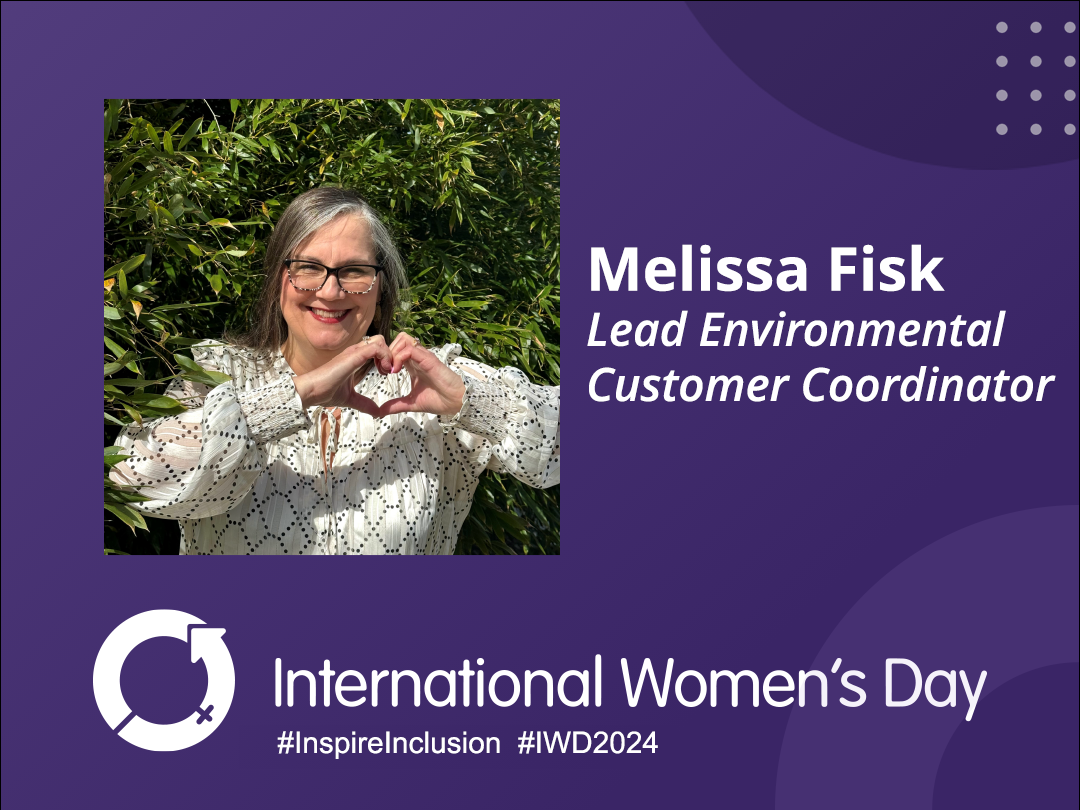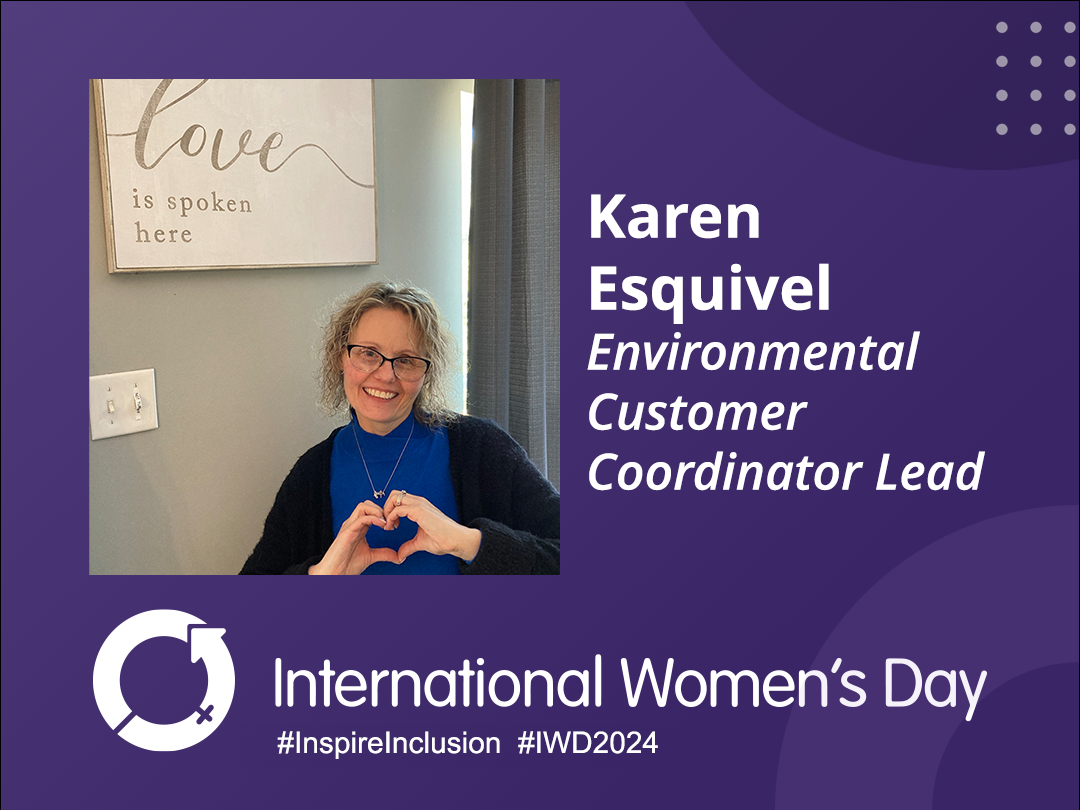Natural Disaster Series: Beginning Your Preparation Plan
The recent hurricanes and earthquakes have affected the lives of millions of people in the Caribbean and North America. For those of us not directly affected by these recent events, it still gives us pause to consider what could happen where we live. Perhaps you are in tornado alley of the Midwest, blizzardy northern latitudes, or wildfire-prone areas. No matter where you live on planet Earth, there is a natural disaster type(s) that Mother Nature tends to throw at your locale.
Natural disasters can have devastating effects on businesses and local or regional economies. The Institute for Business and Home Safety says that 25″ or more of businesses that close due to a natural disaster never reopen. On a global scale, Business Insider reports that from 2000 to 2015, natural disasters cost the global economy $2.5 trillion. Consider these numbers to get an even clearer picture of the effects of natural disasters:
- In 2016, Hurricane Matthew caused 49 fatalities and more than $15 million in damage in Florida, Georgia, and the Carolinas.
- In 2015, the Okanogan Complex fire resulted in 3 fatalities and $8 billion in damages in Okanogan County, Washington.
- In 2011, the Joplin, Missouri tornado resulted in 160 fatalities and more than $3 billion in damages.
- In 1997, the Red River flood caused more than $2 billion in damages in North Dakota, Minnesota, and southern Manitoba.
- In 1994, the Northridge earthquake resulted in 57 fatalities and $23 billion in damages in the greater Los Angeles, California area.
Although natural disasters are difficult if not impossible to predict, preparing for them is still an important part of every smart business operation. It doesn’t have to be expensive or time-intensive. Consider the following steps to get started on your natural disaster preparation.
Identify potential natural disasters that could affect your business locations. You’re probably already aware of the recurring biggies—tornadoes, hurricanes, and so forth. But also think a little broader to identify those that occur less frequently, such as local flooding during exceptionally wet springs or wildfires during exceptionally dry summers.
Consider the locations of your key supply and distribution partners. Map their locations and transport routes so you can see at a glance where natural disasters at other locations could indirectly affect your operations. Make sure you update your map annually to reflect changes to your supply and distribution chains. This simple map, along with news reports of potential or sudden natural disasters, can provide you with a heads-up that business disruptions could occur even when all is calm at your facility.
Review your insurance policy to ensure you have adequate coverage for the natural disasters that could strike your business. The coverage should include employees, buildings, machinery, equipment, and any other significant materials housed at your location, at a minimum. Business interruption coverage is also a good item to include in your insurance policy. It covers operating expenses such as utilities, and compensates you for income lost when a temporary business closure is needed. You may want to consider having a qualified insurance consultant review your insurance policy in light of the natural disasters you identified as potential risks for your location.
Back-up your tax, accounting, payroll, customer, vendor, and production records, and any other vital information to an off-site location at least 100 miles away from your business. Make sure this backup is completed routinely—ideally use continuous backup in real-time. If you use a remote backup service, make sure you know exactly where it is located so you understand the potential for backup issues should they be hit with a natural disaster.
In the next part of this series of blog posts, we will discuss some of the specific planning that will help you prepare for the unpredictable. In the meantime, here are two good sources of information on disaster preparedness and response: Insurance Institute for Business and Home Safety (https://disastersafety.org/); Ready.gov for Business (https://www.ready.gov/business).
More News From Heritage
-
3/12/24
Equal Pay Day – Spotlighting Our Female Drivers
-
3/8/24
International Women’s Week Spotlight – Shannon Dippel
For International Women's Week, we're spotlighting some of the incredible women in the Heritage family. Our final spotlight is Shannon Dippel.
-
3/8/24
International Women’s Week Spotlight – Susan Adams
For International Women's Week, we're spotlighting some of the incredible women in the Heritage family. Our sixth spotlight is Susan Adams.
-
3/7/24
International Women’s Week Spotlight – Lea Wilson
For International Women's Week, we're spotlighting some of the incredible women in the Heritage family. Our fifth spotlight is Lea Wilson
-
3/7/24
International Women’s Week Spotlight – Melissa Fisk
For International Women's Week, we're spotlighting some of the incredible women in the Heritage family. Our fourth spotlight is Melissa Fisk.
-
3/6/24
International Women’s Week Spotlight – Taylor Harvey
For International Women's Week, we're spotlighting some of the incredible women in the Heritage family. Our third spotlight is Taylor Harvey
-
3/5/24
International Women’s Week Spotlight – Karen Esquivel
For International Women's Week, we're spotlighting some of the incredible women in the Heritage family. Our second spotlight is Karen Esquivel.
-
3/5/24
Heritage Environmental Services Announces HP Nanda as CEO; CEO Jeff Laborsky Transitions to Board of Directors
Heritage Environmental Services (“HES”) announced today that HP Nanda will join the organization as CEO.








